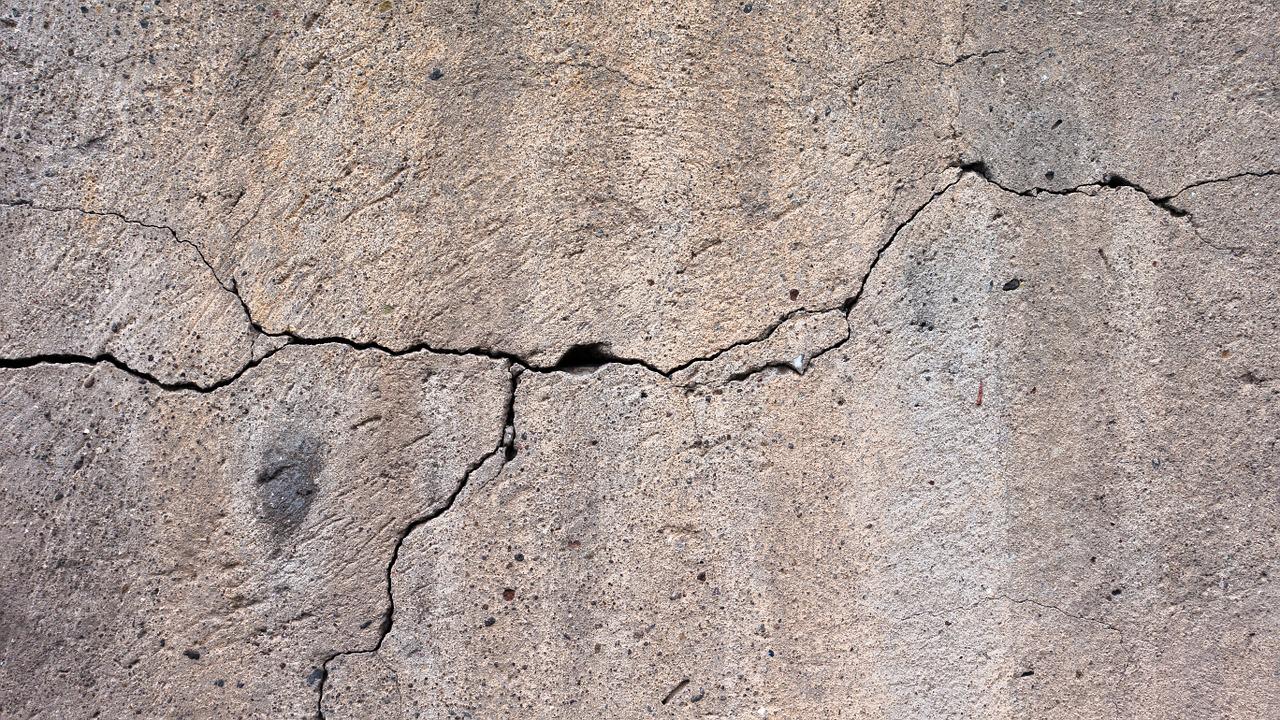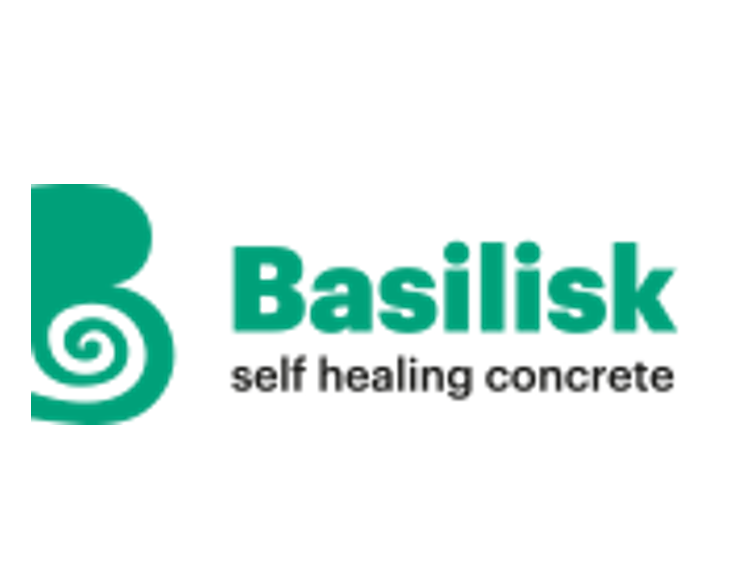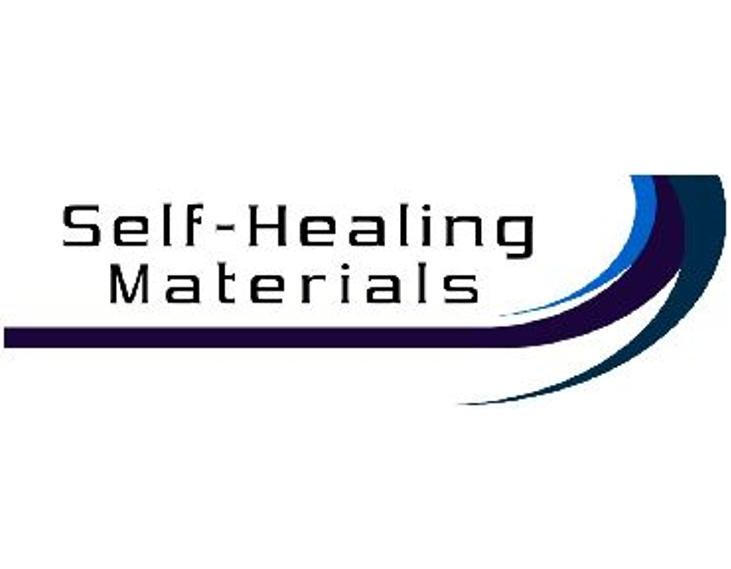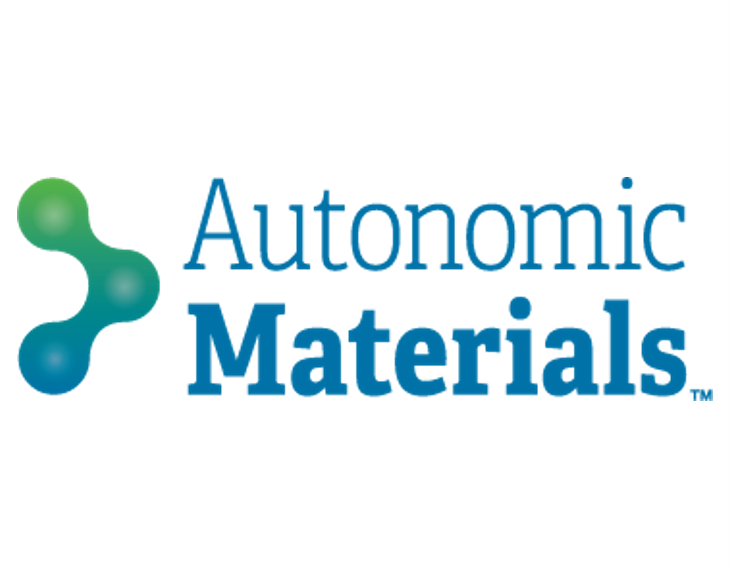123Fab #89
1 topic, 2 key figures, 3 startups to draw inspiration from

The March 2022 report by The Court of Auditors indicates that the proportion of French road surfaces requiring maintenance work has risen from 43% to 53% over the last ten years. This increase is hardly surprising given the impact of climate change (freeze-thaw, drought, flooding, etc.) and the increasing weight of vehicles, damaging the tarmac as they pass. As a result, the State is obliged to invest more over the next few years and the law on the orientation of mobility has set a financial trajectory up to 2027 and beyond – eventually exceeding 1 billion euros per year. However, one technology could radically change the situation in the future: self-healing materials.
Since the 2000s, a number of self-healing materials have emerged. They use healing agents such as embedded microcapsules filled with glue-like chemicals or even living micro-organisms, the use of materials with internal vascular circulation like blood, shape-memory materials, or reversible polymers. Self-healing materials offer many promising possibilities in the construction sector, but also have potential applications in everything from 3D nanostructure to spacecraft.
Concrete
Concrete is the second most used substance on the planet after water, according to The Guardian, and forms the basis of modern construction. However, it comes at a huge environmental and financial cost, both in terms of the energy used to create it and its condition after use. Start-up Basilisk, a pioneer in this field, is now commercializing its self-healing concrete solution. The technology is based on an additive added to the concrete mix, consisting of particles that contain dormant bacteria and nutrients. Air or water generated by a crack will awaken bacteria which, by feeding on these nutrients, will fill the cracks, creating limestone. Precast group JP Concrete has signed an exclusive agreement to use Basilisk’s Sensicrete compound in its products and market self-healing concrete in the UK. However, the cost of this method is significant. The price per square meter would be double that of conventional concrete. Other initiatives based on other techniques have been developed to reduce the cost of the technology. This is the case with enzymatic construction material (ECM), which has been patented and produced by Enzymatic Inc. as a building material. Composed of carbonic anhydrase, an enzyme found in living cells, it is able to self-heal and remove greenhouse gas from the air for safe storage. It costs about $168 per square meter (compared to standard concrete at around $125 per square meter) but its energy cost is much lower. While it is not yet strong enough for apartment buildings, it could be used for smaller projects requiring less load, such as the side of a house.
Asphalt
Traditionally, asphalt has been used as a binder with concrete for road laying. Exposure to vehicle use, sunlight, rain, and other natural circumstances causes roads to degrade over time. As a result, asphalt roads lose their natural binding capabilities and require frequent repair and maintenance. Start-ups such as Self Healing Materials are developing self-healing asphalts with specific properties as a solution to improve the lifespan of pavements. By introducing steel fibers into the asphalt and using an induction machine to heat the iron molecules, the energy goes directly to the mortar, which melts briefly where the cracks form. This allows the asphalt to return to its original structure. With this technique, the lifespan of the asphalt, initially ten to twelve years, is extended to twenty years. The start-up manufactures other self-healing materials such as plastics, coatings, rubber and concrete, notably through microencapsulation, polymer use and vulcanization techniques.
Steel and aluminium
In a similar vein, solutions are emerging to self-heal structural steel and aluminium surfaces subject to damage and exposure to corrosive environments. Start-up Autonomic Materials has developed a patented, award-winning self-healing technology based on microcapsules that contain healing agents – a mixture of resins, corrosion inhibitors and adhesion promoters. When the coating is damaged, the microcapsules embedded in the coating are broken, releasing the healing agent into the damaged site where it hardens, maintaining the coating’s adhesion and ability to protect the underlying surface. The startup’s product can be used for construction, agricultural equipment, mining equipment, tanks, shopfitting, etc. Since its creation, the startup has raised more than €13 million, notably from Phoenix Venture Partners and Solvay Start-Ups Accelerates Innovation. It completed its series C in 2020.
Although research into self-healing materials dates back a few years, the sector is constantly developing and experiencing new technological advances, which are gradually reducing costs. This type of material is becoming increasingly important in the construction sector and is a key strategic aspect for all groups and start-ups in the sector, as well as for VCs. They are also often associated with emission reduction with the introduction of materials capable of capturing and storing CO2 from the air, which makes it an even more important issue for the future.
2 Key Figures
The self-healing materials market is anticipated to reach $34.4 billion with a CAGR of 95.4% between 2021 and 2026
Market Data Forecast
+100 self-healing materials startups
StartUs Insights
3 startups to draw inspiration from

Basilisk
The Dutch startup has developed and patented a self-healing concrete solution in collaboration with the Delft University of Technology. This is based on the principle of self-healing cracks through the use of micro-organisms that produce limestone. The technology is applicable to both existing and new structures. Currently, cracks up to 0.8 mm wide can be treated and repaired within 3 weeks, thus improving the service life of structures.

Self-Healing Materials
Slovakian startup Self Healing Materials creates self-healing asphalt, among other materials they work on. The startup helps heal torn roads by way of induction heating as embedded steel fibers conduct the energy and directly transfer it to the mortar. Additionally, the startup manufactures other self-healing materials such as plastics, coatings, rubber, and concrete.

Autonomic Materials
The US startup has developed patented self-healing technology, which, when incorporated into coatings, helps them maintain their protective ability after damage. The technology is based on microcapsules that contain healing agents – a mixture of resins, corrosion inhibitors and adhesion promoters. It contributes to minimising the CO₂ impact of asset maintenance.
Interested in a startup landscape or in an insights report?
Please fill out our contact form so that we can get back to you very quickly with our product offer.
Want to subscribe to our 123Fab?
Fill out our form to receive the latest insights into your inbox.
